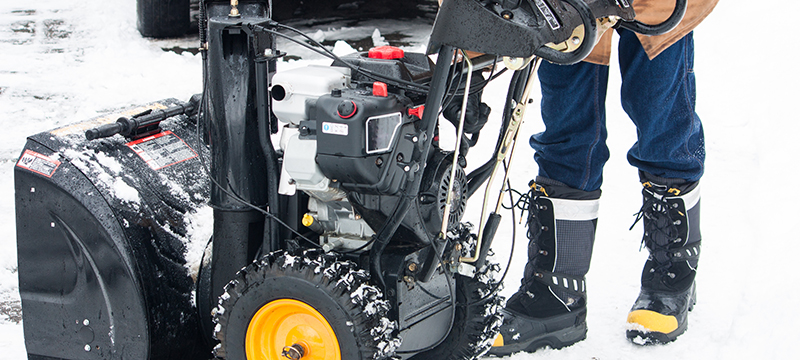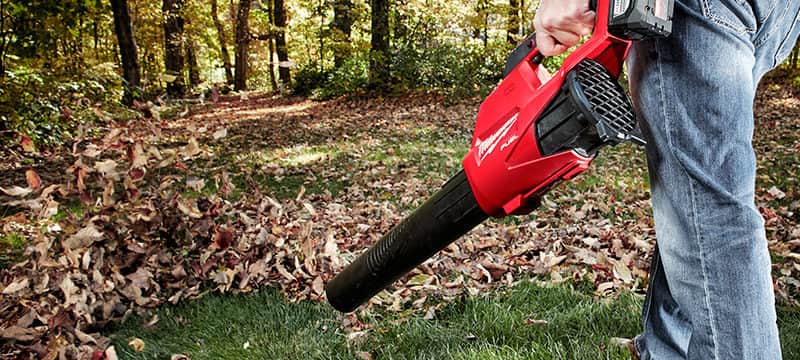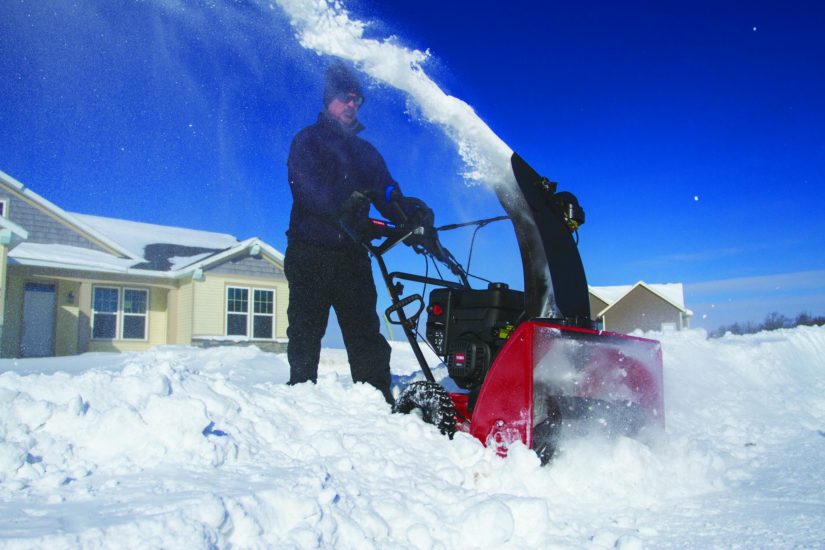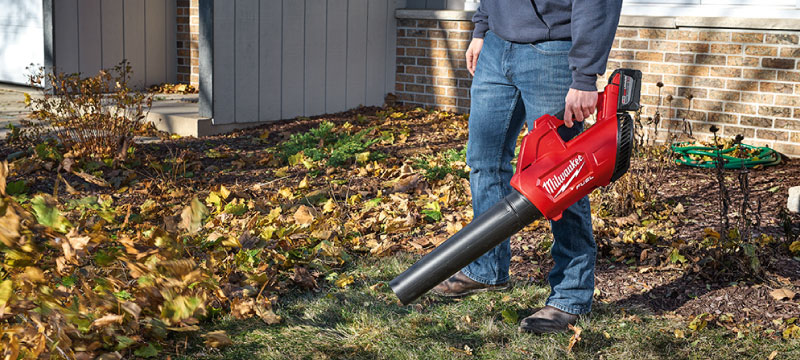These steps will ensure your snow blower stays in tip-top shape during the summer season and you have less maintenance before the snow flies again.
Drain Fuel Tank
Gasoline breaks down over time, and keeping fuel in your blower can cause the carburetor and fuel lines to get gummed up. There are a handful of ways to drain the tank.
- Run the blower until the fuel runs out
- Drain the fuel through the fuel line
- Use a siphon to remove the gas and run the engine dry
Change Oil
Drain and refill the oil to ensure you’re ready for the next winter season. Use 5W-30 oil since it has a lower viscosity and can withstand lower temperatures.
Check Spark Plug
- Remove and inspect the spark plug for corrosion or buildup. Use a wire brush to clean it if needed. Replace if it’s bad
- Pour a drop of oil into the combustion chamber and pull the start cord a few times to work the oil through the engine.
- Screw the new or old spark plug back in and pull the cord again until there is resistance. This seals the chamber so no moisture or air can get inside.
Parts Inspection
Inspect and replace any worn parts, such as belts, shave plate, fuel lines, etc. Any parts with visible cracks or signs of wear should be replaced.
Wipe Clean
Salt and debris are the enemies of anything with metal parts. They can lead to corrosion and rust. Spray down the machine, then use soap and water to clean the blower. Once completely clean, let the blower dry out in the sun or use a cloth to ensure it’s completely dry.
Cover
Whether you’re storing the snow blower inside or outside, you should use a cover or tarp. This will keep any unwanted dirt or moisture from getting inside the machine during the summer.





